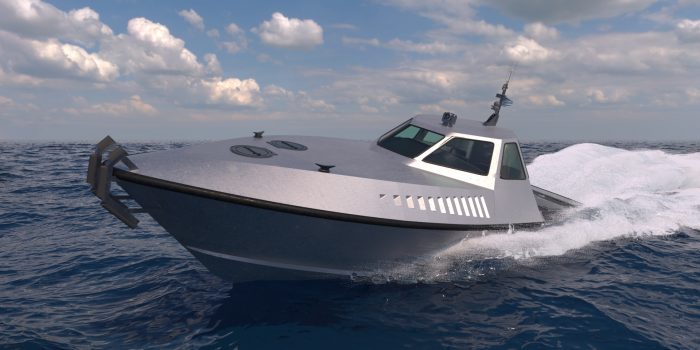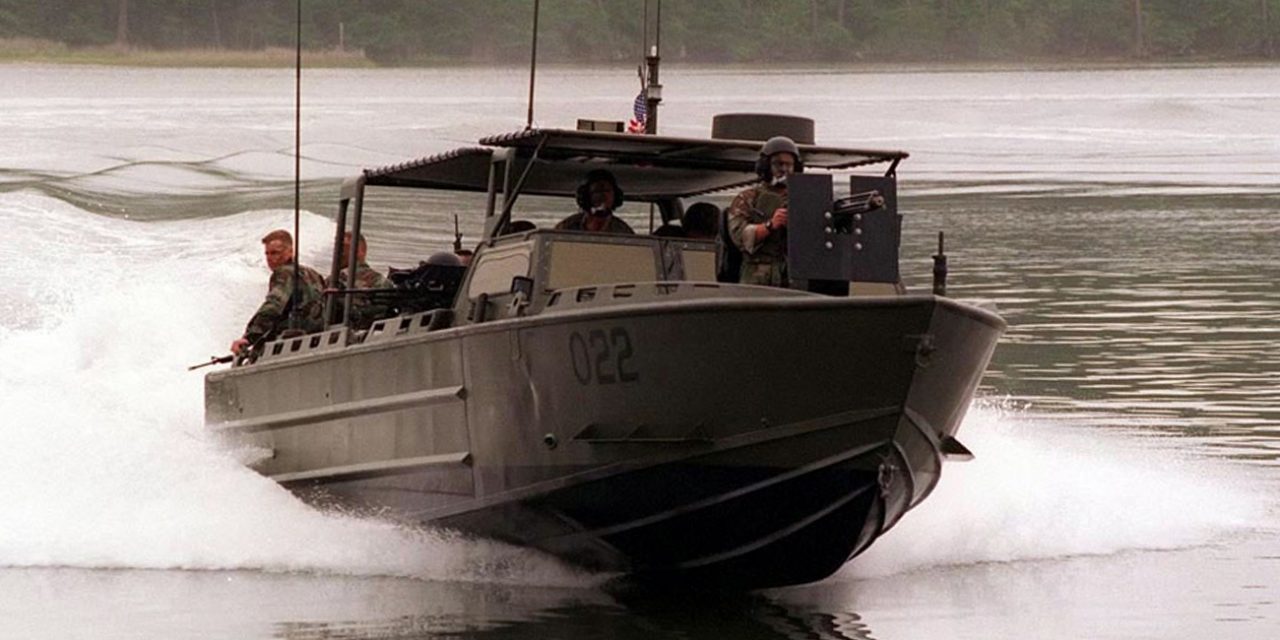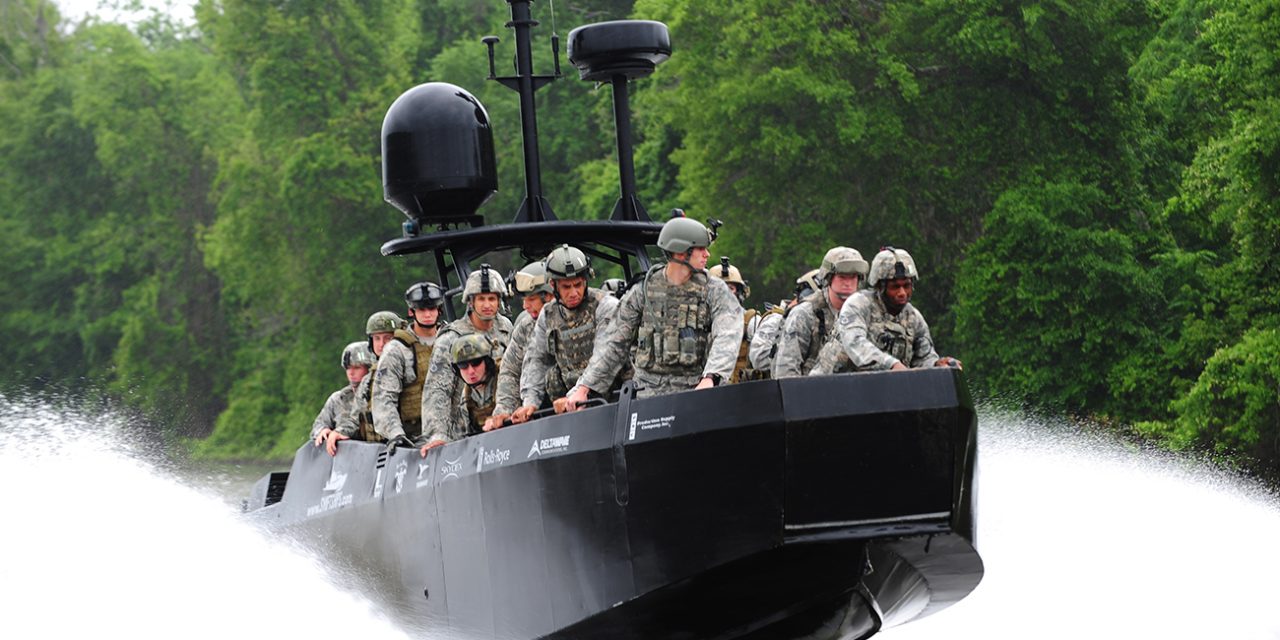Special operations
Riverine Craft
Tactical Mobility
Extreme Maneuverability
Advanced Technology
Unmanned, Semi-Manned &
Remote Controlled
Special Operations
Riverine Craft
Tactical Mobility
Extreme Maneuverability
Advanced Technology
Unmanned, Semi-Manned & Remote Controlled
The Most Advanced Technology Riverine Craft
Swiftships riverine vessels are known since World War II, when we delivered 193 Swift Boats to the U.S. Navy, equipped with the highest-level technology and weapons, which gave the navy strategic and tactical advantages during Vietnam War. Since then, we continue contributing to the evolution of riverine warfare, and developed more advanced solutions for the military.
Our riverine platforms feature superior capabilities such extreme maneuverability and survivability, and top performance in extreme conditions. Our vessels are easily customized based on the client’s preferences. They can be configured to unmanned, semi-manned or remotely controlled craft. Integrate advanced technologies and systems, such as lasers, cameras, ultrasound and other sensors, gauge currents and waves, and allow to detect obstacles in the water, such as logs or oncoming boats. The collected information is assessed by a system that makes real time decisions, and reacts quickly, steering and accelerating the boat as if an experienced human pilot was navigating it.
11 meter
Modified V hull form aluminum craft designed to operate in both salt and fresh water and survive in Sea State 4
11 Meter
Anaconda class craft that features extreme maneuverability and survivability with top performance up to 125° F
Challenger
In February 2022, Swiftships unveiled its 46 feet Challenger, a surface vessel designed for Unmanned missions that combine total situational awareness with functional design and performance using an Autonomous system of clients’ choice.
Reaching a top speed of 45+ knots and an endurance of over 40 hours, The Challenger will greatly enhance maritime fleet force protection by identifying and engaging remote targets before they become threats. The Challenger’s intelligence systems will enable mariners to work smarter and delegate routing efforts to advanced self-piloting technology. Multi-modal situational awareness aboard the ship allows for threat-based object recognition, while further tracking, high-speed data connectivity, and anti-collision capabilities will help the United States (US) Navy Fleet Forces Command (FFC) to meet its mission of achieving fully autonomous capability by 2025.




